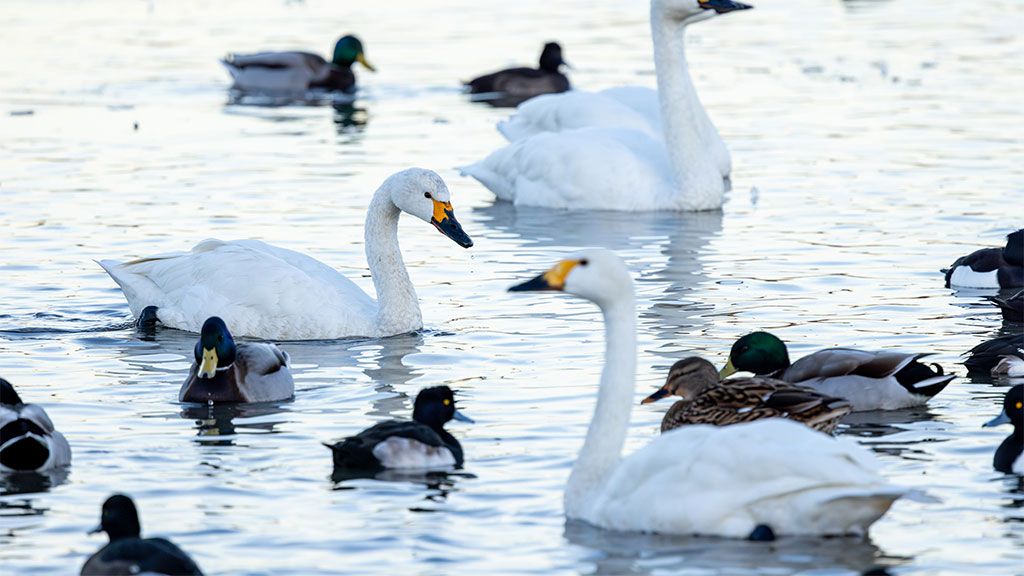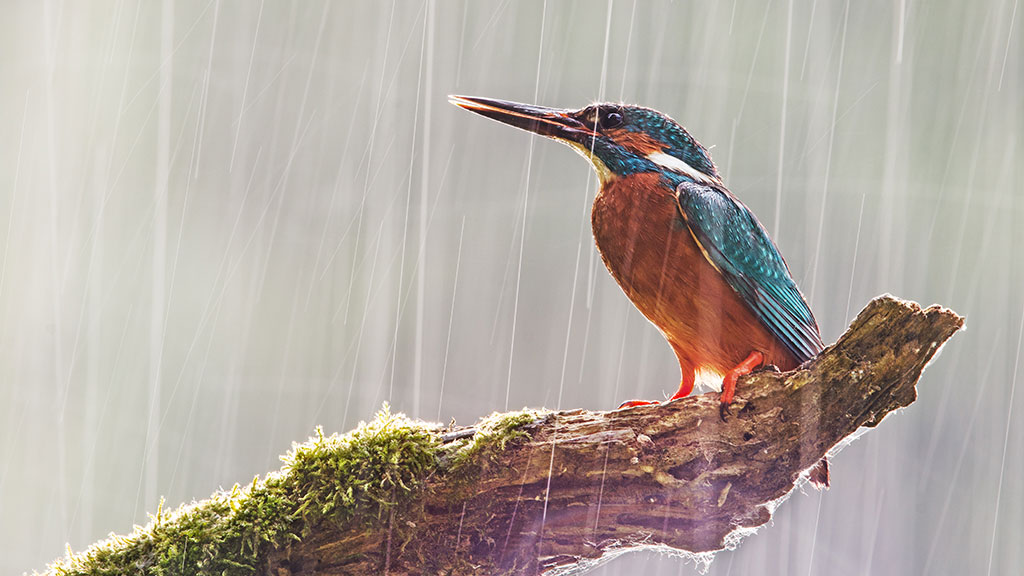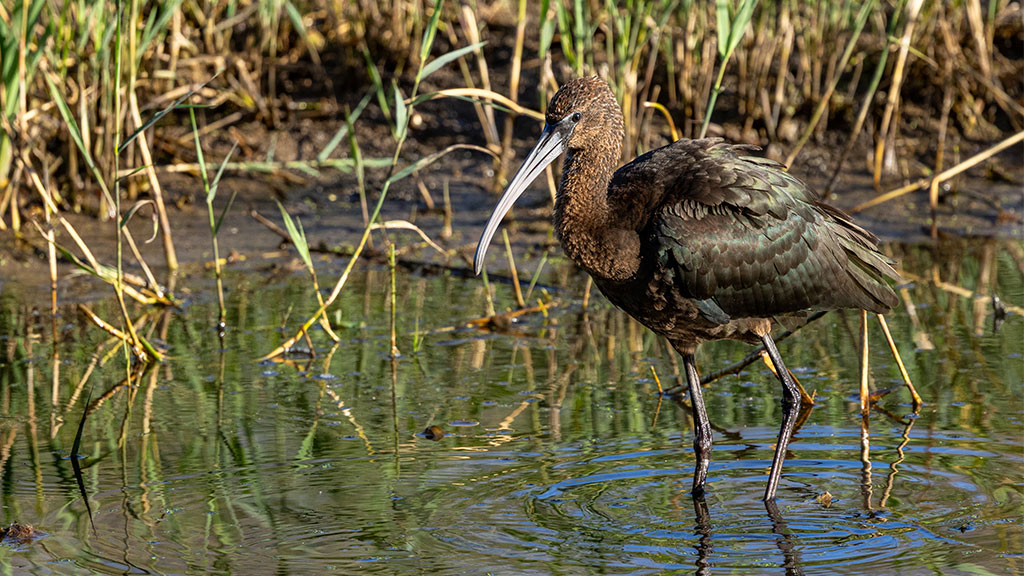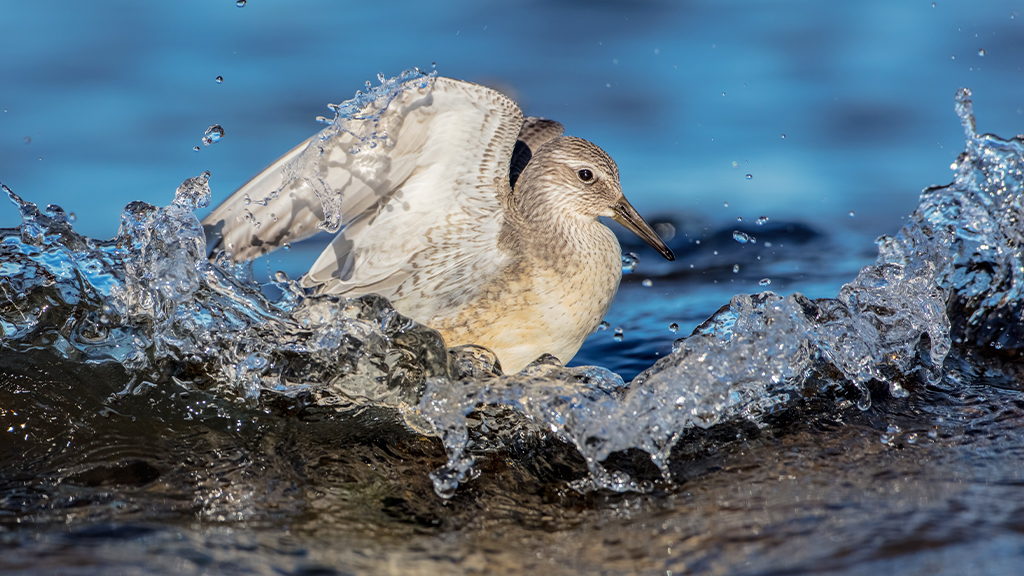Science in action: Predicting future change
Climate change predictions for the UK include drier summers and wetter winters. So WWT is investigating the potential impacts of these on our reserves and getting ready to adapt.
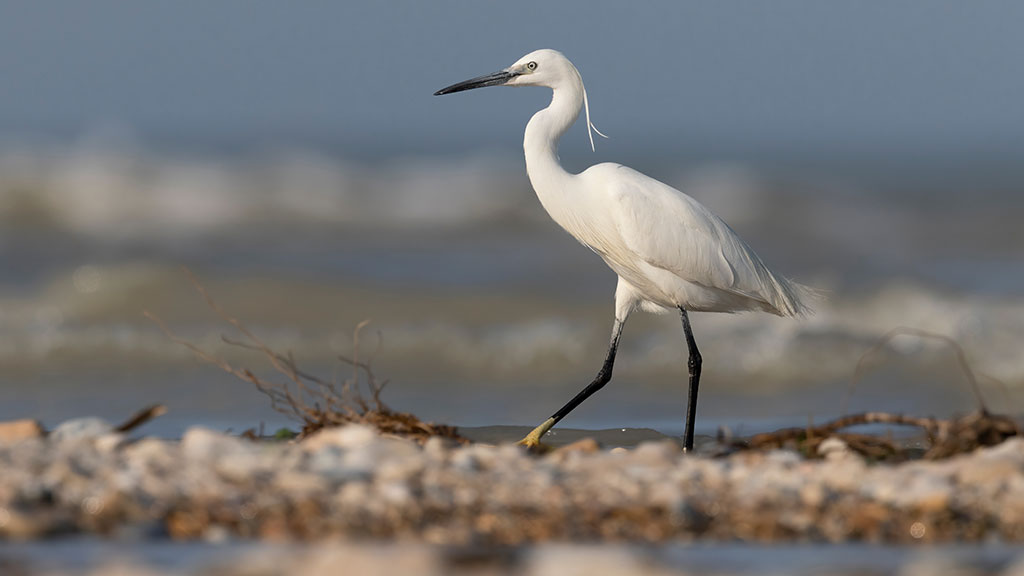
Here’s a question for you. Which scientific job is laborious but also, in its way, terrifying? Senior Research Officer Dr Sietse Los can tell you the answer. He’s a climate change analyst employed to look into the future and help WWT adapt to predictions.
“Everyone knows the climate is warming,” he says. “But model predictions vary. At the moment, the consensus is that the globe will be about two degrees warmer by the end of the century. My role is to also consider worse-case scenarios – and they can be even more alarming!”
It would be irresponsible for any organisation to put its head in the sand and ignore realities, so Sietse follows the data to advise WWT about how the climate around its UK centres is likely to change in the next tens of years, and what should be done to mitigate it.
What is going on?
“At the present rate of warming, we can expect hotter summers in the south of England. This means that rainfall will decrease and surface evaporation will increase, potentially leading to water shortages. This is especially likely in London,” says Sietse. “A good way to look at it is to match the projected climate to an existing climate scenario – so, for example, with two degrees of warming, London will have a climate similar to that of Bordeaux in France today.”
He continues: “Warmer summers, wetter winters and wine-growing opportunities may sound pleasant, but these sorts of changes to the climate cause significant issues. For example, the risk of floods may increase dramatically. At WWT Slimbridge, the risk of flood from extreme climate events is likely to increase. Storms that would have been expected to occur only once every 200 years could become more frequent, as much as once every 20 years.”
One priority is to assess what specific impacts climate change might have on wildlife. “This is a difficult and complex task requiring detailed ecological data,” says Sietse. “But we predict that London Wetland Centre could potentially lose some moisture-loving plants such as purple willow due to the land drying out. Grassland and woodland habitats are expected to become more open if we lower the water table.
“The areas around Slimbridge, Steart and Llanelli, might have fewer visiting Bewick’s swans and pintail and pochard ducks, for example, and fewer breeding species such as yellowhammers and willow tits. On the other hand, figures predict that avocets and little egrets will thrive. These are just projections, but they give us an idea of what to expect.”
Around the world
WWT’s climate change assessments aren’t confined to the UK. Mark Grindley, Senior Project Manager (International), has been involved with similar studies in both Madagascar and Myanmar.
“In Madagascar, we’ve been assessing the future of two sites, including Lake Sofia, where we have reintroduced the critically endangered Madagascar pochards, and at nearby Lake Tseny,” says Mark. “We use a methodology developed by the International Union for the Conservation of Nature, which looks at climate impacts on key species and habitats, and also so-called ‘village vulnerability,’ which considers local livelihoods. We are also training site managers elsewhere in the country to apply the same approach.”
The Lake Sofia assessment predicts higher average temperatures in the future, with more intense and more frequent high rainfall events, increasing the chance of flooding – which isn’t so different to Slimbridge! But the lake hosts two highly threatened species – the Madagascar pochard and Madagascar grebe – that would be vulnerable to these conditions, especially the grebe’s eggs and young. When you’re dealing with species with low global populations, the stakes for the future are high.
Climate science is a complex subject and projections are, by their own nature, uncertain. But Sietse doesn’t mince his words when it comes to the potential worries. “Don’t forget,” he says, “that since the last Ice Age the world has warmed about five degrees in 10,000 years. We are now talking about a change of two degrees in 100 years (1960-2060). We aren’t giving plants and animals any time to adapt.” And when he puts it like that, the enormity hits.
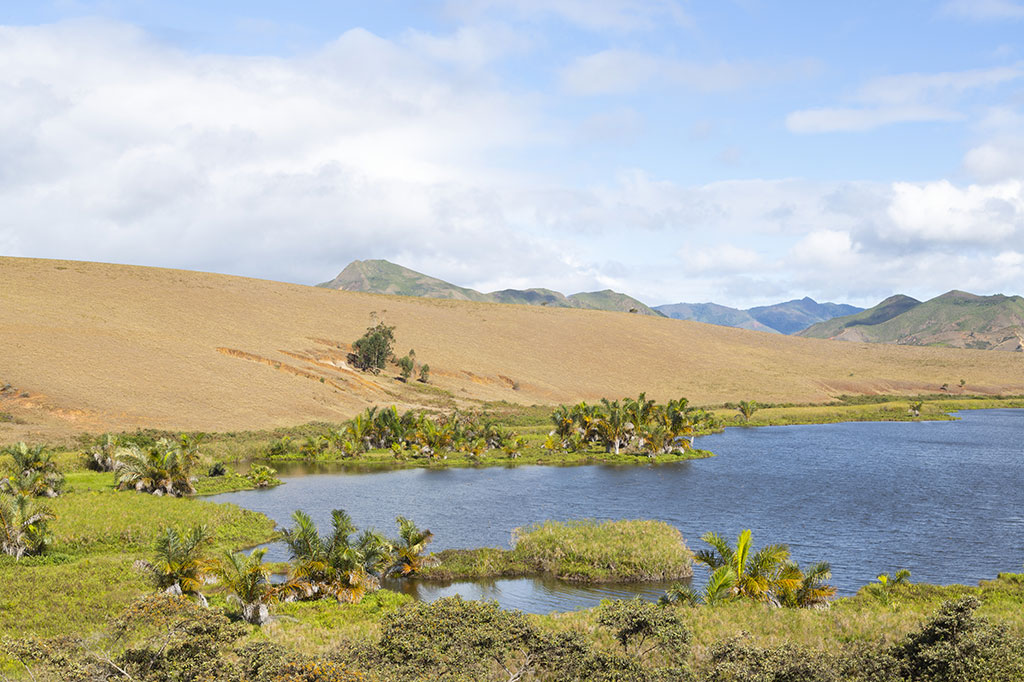
The UK assessments were funded by Eversheds Sutherland. The assessments in Madagascar were funded by BIOPAMA (biopama.org) and the Darwin Initiative (darwininitiative.org.uk).
Predicting climate change: step by step
How the WWT team work to predict the future of our climate – and what they do with the data.
1 Choose a scenario
There are many different climate predictions, but most scientists expect a global temperature rise of around two degrees by the end of the 21st century. The target of 1.5 degrees is likely to be missed. Once the scenario is chosen, our experts look up Met Office predictions for temperature, rainfall, windspeed, and evaporation for the target location.
2 Estimate water needs
The climate predictions suggest that at most WWT centres it will be warmer and drier in summer and wetter in winter. In summer, evaporation from waterbodies will increase and local demand will be high. Most sites are already managed to move water around where needed, through a network of channels. But local competition for water resources could play a significant part.
3 Predict ecological changes
One way to predict how plants will be affected by a changing climate is by analysing the climates in which they occur at present. The analysis is based on weather data, citizen science projects and scientific papers. It is not easy; for example, how much will a few centimetres’ difference in water affect a plant community and how will this affect the fortunes of a bird?
4 Make plans for the changes
There’s little point in carrying out studies and making informed predictions unless you’re prepared to act on the results. Among the changes that WWT could make at its sites are connecting centres with adjacent wetlands, increasing water storage during the winter, and increasing the diversity of sites with different water regimes.
